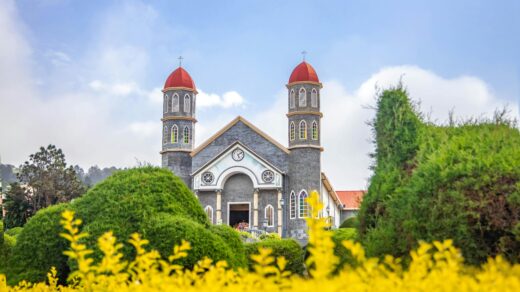Hola Nomads!
If Guatemala is on your radar (or your current base!), reliable internet is key for work and staying connected. Let’s dive into some of the main Internet Service Providers (ISPs) here, based on publicly available information.
Please note: Internet speeds and availability can vary significantly based on your location within Guatemala (urban vs. rural). It’s always best to verify service details directly with the provider for your specific area.
Here’s a look at some major players:
1. Tigo Guatemala:
- Overview: One of the largest mobile and internet providers in Guatemala.
- Reported Speeds:
- Ookla’s Speedtest (H1 2024) reports a median mobile download speed of around 49.41 Mbps and a median fixed download speed of 53.58 Mbps.
- Other sources may show varying average download speeds (around 50 Mbps according to SpeedGEO.net).
- They offer both mobile data plans and fixed broadband services (likely DSL and cable in different areas).
- Tech Specs (General): Likely offers 4G LTE for mobile and a mix of DSL and cable modem technology for fixed broadband. They are also investing in 5G.
- Things to Consider: Coverage is generally good in urban areas. Check their website for specific plans and coverage in your intended location.
2. Claro Guatemala (formerly Telgua/Movistar):
- Overview: Another major telecommunications provider offering both mobile and fixed internet.
- Reported Speeds:
- Ookla’s Speedtest (H1 2024) indicates Claro as the fastest mobile provider with a median download speed of around 49.41 Mbps and the fastest 5G with a median download speed of 449.29 Mbps. Their median fixed download speed is around 53.58 Mbps.
- SpeedGEO.net also shows average mobile download speeds around 83.6 Mbps.
- Tech Specs (General): Offers a range of services including fiber optic (likely in select urban areas), cable, and DSL for fixed broadband, and strong 4G LTE and growing 5G coverage for mobile.
- Things to Consider: Known for generally good speeds, especially on mobile. Verify the type of fixed internet connection available in your area for the best performance.
3. Cablecolor S.A.:
- Overview: Primarily a cable internet provider.
- Reported Speeds:
- Broadband Speed Checker listed them with a high average download speed of around 142.89 Mbps based on a smaller number of tests. Ookla also identified them as the fastest fixed ISP in H1 2024 with a median download speed of 55.52 Mbps.
- Tech Specs: Likely primarily uses cable modem technology.
- Things to Consider: Availability might be more localized to specific regions or cities. Check their coverage map.
4. Other Providers (Worth Investigating Locally):
- Comcel Guatemala: Reports speeds around 37.34 Mbps (Broadband Speed Checker).
- Infinita (formerly Telmex): While older data suggests lower speeds, it’s worth checking their current offerings in specific areas.
- Various Local ISPs: Depending on where you are, smaller, regional ISPs might offer competitive services. Ask for recommendations within local nomad groups or communities.
Key Takeaways for Nomads:
- Urban Areas Generally Better: Expect more reliable and faster internet in major cities and tourist hubs.
- Mobile Data is a Viable Option: With decent 4G LTE coverage from Tigo and Claro, a local SIM card with a good data plan can be a good backup or even primary option for some.
- Fiber Optic is Growing: Keep an eye out for fiber optic availability, especially in larger cities, as this will offer the most stable and fastest connections.
- Satellite Internet: For more remote areas, satellite internet (like VSAT services) is an option, though it can be more expensive and have higher latency. Companies like NTvsat and BusinessCom Networks offer these services.
- Do Your Local Research: The best way to find the right ISP is to ask for recommendations from other nomads or residents in your specific town or neighborhood. Check local Facebook groups or ask at your accommodation.
How to Verify Information:
- Visit Official Websites: Look for the official websites of Tigo Guatemala, Claro Guatemala, and Cablecolor.
- Check Coverage Maps: Most major providers have coverage maps on their websites.
- Inquire About Tech Specs: When contacting providers, ask specifically about the type of connection (fiber, cable, DSL) and the guaranteed speeds.
- Read Local Reviews: Search for online reviews or ask within local expat/nomad communities for real-world experiences with different ISPs in your area.
We hope this overview helps you navigate the internet landscape in Guatemala! Feel free to share your experiences and recommendations in the comments below.




